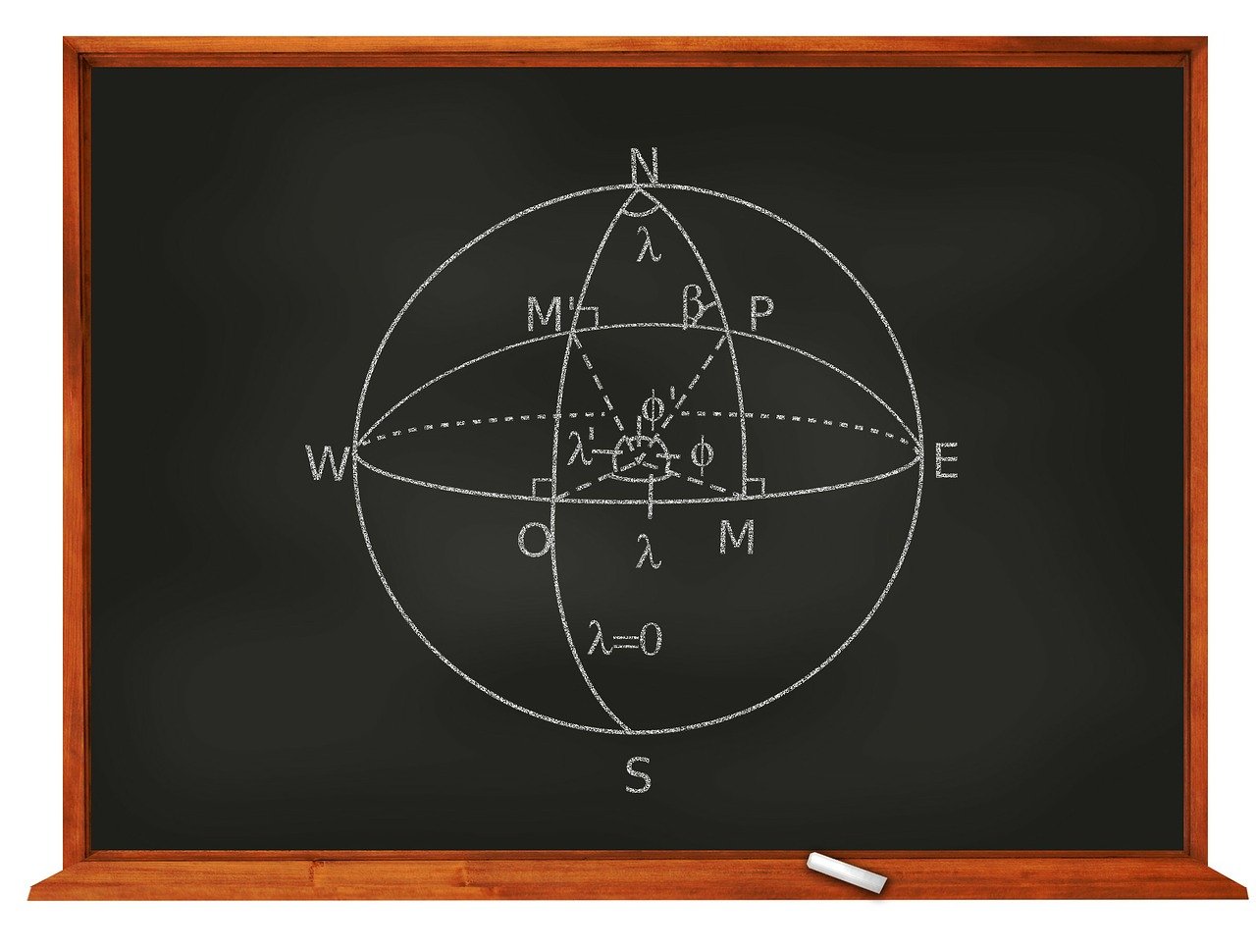Circumference Calculator - Find the Circumference of a Circle
Result:
Our circumference calculator is here to help you find the circumference of a circle. With this tool, you can find the circumference using a diameter or a radius.
How to use the circumference calculator
- Enter the radius or diameter of the circle you want to find the circumference of. Ensure the unit is cm.
- Click on the Calculate button to get the result.
What is Circumference?
Circumference is a term used in geometry to describe the linear distance around a closed curve or circular shape. It represents the complete perimeter or outer boundary of a circle. The circumference is an important measurement in understanding the properties of circles and applying them to real-world scenarios.
Formula for Circumference
The formula to calculate the circumference (C) of a circle is:
C = π × d
Where:
π (pi) is a mathematical constant approximately equal to 3.14159
d is the diameter of the circle
Alternatively, if you know the radius (r) of the circle, the circumference can be calculated as:
C = 2 × π × r
How to Find the Circumference of a Circle
To find the circumference of a circle, you need to know either the diameter or the radius of the circle. Then, simply plug the value into the appropriate formula mentioned above.
For example, if the diameter of a circle is 10 units, the circumference can be calculated as:
C = π × d
C = 3.14159 × 10
C = 31.4159 units
Circumference to Diameter Ratio
The ratio of the circumference to the diameter of any circle is always equal to π (pi). This means that if you divide the circumference of a circle by its diameter, you will always get the value of π.
C/d = π
This relationship is often used to estimate the value of π by measuring the circumference and diameter of a circular object.

Other Similar Calculators
Check out other calculators that are similar to this one.
FAQs
Can the circumference of a circle be less than its diameter?
No, the circumference of a circle is always greater than its diameter. This is because the circumference represents the complete distance around the circle, while the diameter is a straight line passing through the center.
Is the circumference formula the same for all closed curves?
No, the circumference formula C = π × d is specific to circles. Other closed curves, such as ellipses or irregular shapes, have different formulas or require numerical approximations to calculate their perimeter.
How does the circumference change when the radius or diameter of a circle changes?
The circumference of a circle is directly proportional to its radius or diameter. If the radius or diameter increases, the circumference also increases proportionally. If the radius or diameter decreases, the circumference decreases proportionally.
Can you have a circle with an infinite circumference?
No, a circle with an infinite circumference is not possible. The circumference is always a finite value determined by the diameter or radius of the circle.
Why is the circumference important in real-world applications?
The circumference of a circle finds applications in various fields, such as measuring the distance travelled by a wheel or gear, determining the length of circular pipes or cables, calculating the area enclosed by a circular fence, and many more. Understanding the circumference is crucial in engineering, construction, and manufacturing processes involving circular components.
How do I find the diameter from the circumference?
To determine the diameter of a circle when you know its circumference, simply divide the circumference by π (pi), which is approximately equal to 3.14159. This calculation stems from the formula for circumference: C = π × d, where C is the circumference and d is the diameter. By rearranging the formula, you can find the diameter as d = C/π.
How to find the area of a circle from the circumference?
The process to find the area of a circle from its circumference involves a few steps. First, divide the circumference by π to obtain the diameter. Then, divide the diameter by 2 to find the radius. Once you have the radius, square it and multiply by π to get the area.
For example, if a circle has a circumference of 12.57 meters, its diameter would be 4 meters, and its radius would be 2 meters. Squaring 2 and multiplying by π gives an area of approximately 12.57 square meters.
How do I find the radius from the circumference?
To calculate the radius of a circle from its circumference, follow these steps: First, divide the circumference by π to find the diameter. Then, divide the diameter by 2 to obtain the radius. For instance, if a circle has a circumference of 18.85 meters, its diameter would be 6 meters (18.85/π), and its radius would be 3 meters (6/2).
How to measure the circumference?
There are a few ways to measure the circumference of a circular object:
- Use a flexible measuring tape or string to wrap around the object, and then measure the length of the tape or string.
- If you know the diameter or radius, calculate the circumference using the appropriate formula (C = π × d or C = 2 × π × r).
- Use a specialized tool or app designed to measure circumferences.
What is the formula for the circumference?
The formula for the circumference of a circle is:
C = π × d
Where C is the circumference, d is the diameter, and π (pi) is approximately equal to 3.14159.
Alternatively, if you know the radius (r) instead of the diameter, the formula is:
C = 2 × π × r
What is the circumference of a circle with a radius of 1 meter?
To find the circumference of a circle with a radius of 1 meter, we can use the formula C = 2 × π × r.
Plugging in the values, we get:
C = 2 × π × 1
C = 2 × 3.14159
C ≈ 6.28 meters
How do I find the circumference of a cylinder?
A cylinder's circumference is simply the circumference of its circular base. To find the circumference of a cylinder, you can use the same formula as for a circle:
C = π × d
Where d is the diameter of the circular base of the cylinder.
Alternatively, if you know the radius (r) of the cylinder's base, you can use the formula:
C = 2 × π × r
How do I find the area of a circle with a circumference of 1 meter?
To find the area of a circle with a circumference of 1 meter, follow these steps:
- Divide the circumference by π to find the diameter: 1 meter / π ≈ 0.318 meters
- Divide the diameter by 2 to find the radius: 0.318 meters / 2 ≈ 0.159 meters
- Square the radius: (0.159 meters)^2 ≈ 0.0253 square meters
- Multiply the squared radius by π: 0.0253 square meters × π ≈ 0.0795 square meters
Therefore, the area of a circle with a circumference of 1 meter is approximately 0.0795 square meters.
How to find the radius of a circle with a circumference of 10 centimeters?
To find the radius of a circle with a circumference of 10 centimeters, follow these steps:
- Divide the circumference by π to find the diameter: 10 cm / π ≈ 3.18 cm
- Divide the diameter by 2 to find the radius: 3.18 cm / 2 ≈ 1.59 cm
Therefore, the radius of a circle with a circumference of 10 centimeters is approximately 1.59 centimeters.
What is the unit of the circumference of a circle?
The circumference of a circle is a linear measurement, representing the distance around the circle's edge. As such, the unit of circumference is a unit of length. Common units used for circumference include:
- Metric units: millimeters (mm), centimeters (cm), meters (m), and kilometers (km)
- Imperial units: inches (in), feet (ft), yards (yd), and miles (mi)
The specific unit used depends on the context and the size of the circle being measured. For example, the circumference of a small circular object might be expressed in centimeters or inches, while the circumference of a large circular structure could be given in meters or feet.
Find Calculator
Popular Calculators
Other Calculators
